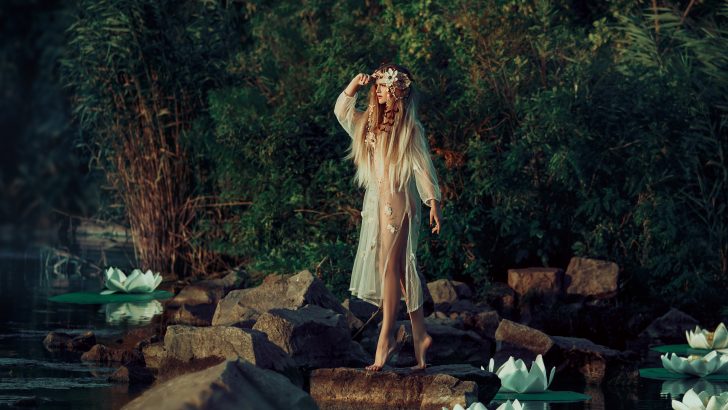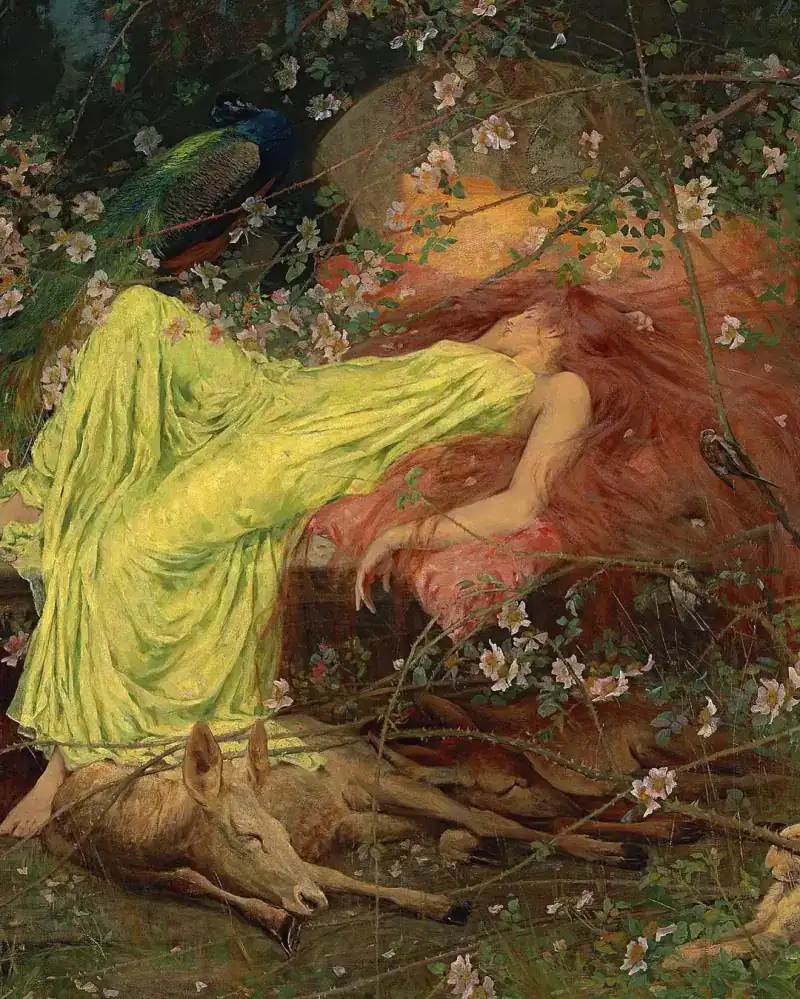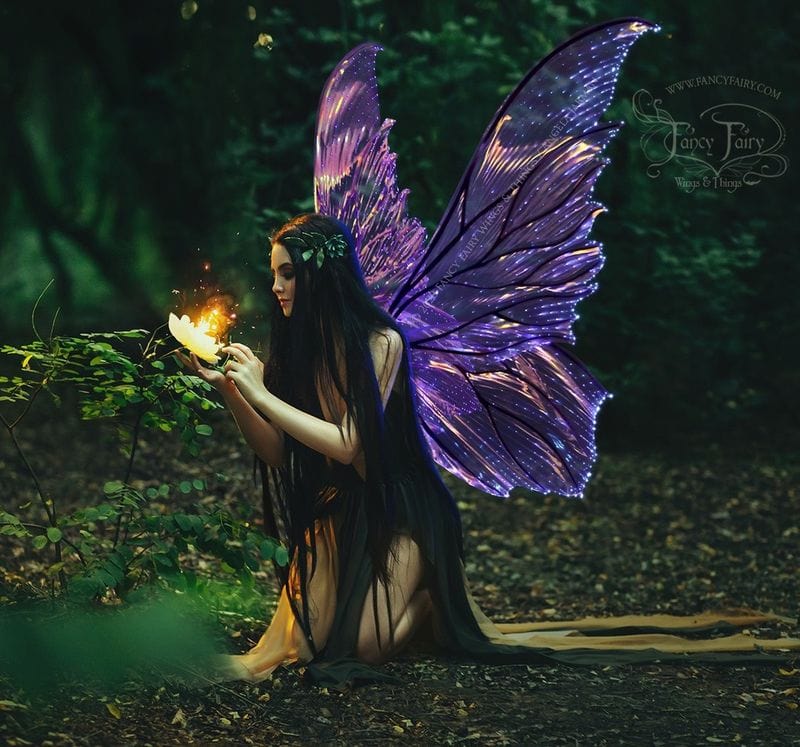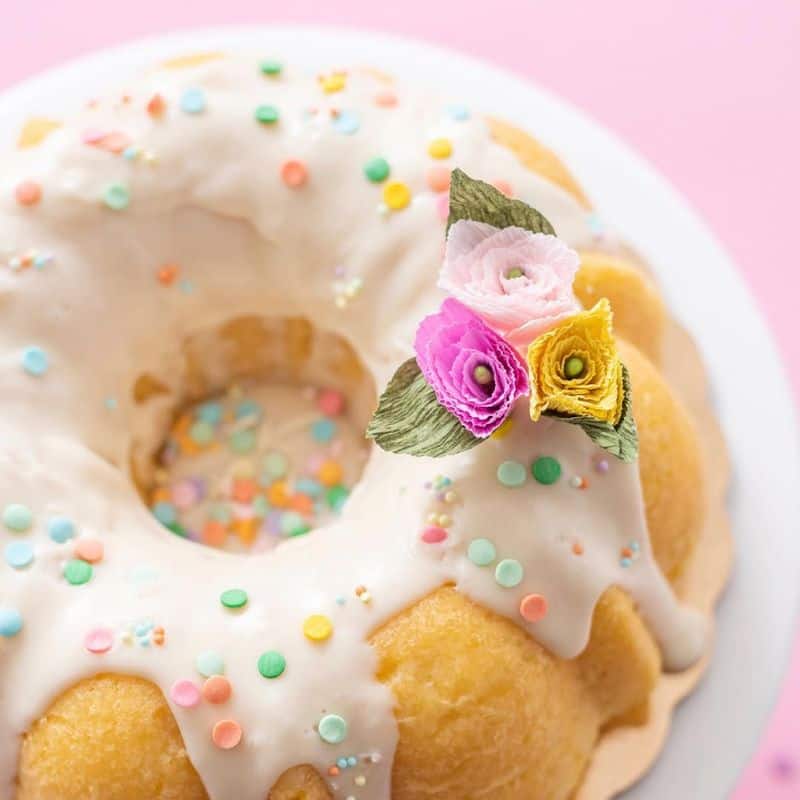Fairies have enchanted humans for centuries, dancing through our folklore and imagination with their magical charm.
These mystical beings appear in stories across many cultures, from the mischievous sprites of English gardens to the powerful Aos Sí of Irish legends.
Whether you believe in them or not, fairies continue to sprinkle their dust over our modern world through books, movies, and art.
1. Ancient Origins
Long before Disney gave them sparkly wings, fairies emerged from humanity’s earliest beliefs. The word “fairy” traces back to the Latin “fata” meaning fate or destiny, suggesting these beings once controlled human fortunes.
Medieval Europeans feared and respected the fairy folk, leaving offerings to keep them happy. In Celtic lands, people avoided certain hills and trees believed to be fairy territory.
Many scholars think fairy legends evolved from memories of ancient peoples or earlier religions whose gods became diminished in status over time. Others suggest they represent nature spirits that helped explain mysterious natural phenomena in pre-scientific times.
2. Shape-Shifting Abilities
Fairies aren’t stuck with one appearance. Unlike the tiny winged creatures in children’s books, traditional fairies could change their size and form at will. Some appeared human-sized when they wanted to interact with people.
Scottish tales tell of the selkie, seal-fairies who shed their skins to walk on land. In Wales, the Tylwyth Teg could appear as beautiful maidens one moment and wizened creatures the next.
This shapeshifting talent made fairies particularly dangerous in old stories. A handsome stranger might be a fairy in disguise, ready to lure unwary humans away. Their ability to transform explains why fairy descriptions vary so wildly across different cultures.
3. Fairy Homes and Hideaways
Fairies don’t just live anywhere—they’re picky about real estate! Their preferred homes include hollow hills, underwater kingdoms, and spaces between our world and theirs. The most famous fairy dwelling might be the fairy ring—circles of mushrooms supposedly created by fairies dancing.
Ever noticed a perfectly round patch of unusually green grass? That could be fairy territory! Folk wisdom warned against stepping inside these rings, as you might be transported to the fairy realm or forced to dance until exhaustion.
In Ireland, certain hills called “sidhe” (pronounced “shee”) were considered fairy mounds. Trees growing alone, especially hawthorns, were also thought to be fairy homes and were carefully protected by superstitious farmers.
4. Time Flows Differently
Fairy time doesn’t match human time—not even close! Stories worldwide describe people visiting fairyland for what seemed like hours only to return and discover years or centuries had passed. This time distortion appears in tales from Japan to Ireland.
The famous story of Rip Van Winkle draws on this fairy time concept. A single night of revelry with fairy-like beings resulted in twenty years passing in the human world. Japanese folklore tells of Urashima Tarō who spent three days in an underwater dragon palace, only to find 300 years had elapsed when he returned home.
Some researchers suggest these stories might explain mysterious disappearances or serve as warnings against wandering too far from community safety. The message was clear: dealing with fairies meant risking everything you knew.
5. Rules of Fairy Interaction
Meeting a fairy isn’t like meeting your neighbor—there are strict rules! First rule: never say “thank you” to a fairy. In fairy logic, expressing gratitude creates a debt they must repay, which fairies hate. Instead, acknowledge gifts with phrases like “that’s kind” or offer something in return.
Iron repels fairies, which explains horseshoes over doorways and why scissors (traditionally made of iron) were placed in cradles to protect babies. Wearing clothes inside out was another protection method, as it confused fairy perception.
Bread carried in pockets provided safety during nighttime travels. Salt, rowan berries, and bells also deterred unwanted fairy attention. Breaking these rules could result in anything from minor mischief to being kidnapped to fairyland forever!
6. Fairy Food Dangers
A golden rule across fairy tales: never eat fairy food! Accepting fairy hospitality binds you to their realm. Persephone from Greek mythology had to spend part of each year in the underworld after eating six pomegranate seeds—a story that parallels fairy food warnings.
Fairy markets sometimes appeared at night, offering irresistible fruits and pastries. These supernatural treats looked more vibrant and smelled more delicious than anything human-made. But upon returning home, the enchanted food would transform into leaves, twigs, or worse.
Certain mushrooms got their association with fairies partly because some varieties cause hallucinations when consumed. These “fairy foods” might explain stories of humans who claimed to have visited fairyland—they had actually experienced psychedelic trips from eating the wrong mushroom!
7. Fairy Music and Dance
Fairy music captivates with its unearthly beauty. Musicians throughout history claimed their best melodies came from eavesdropping on fairy celebrations. The Irish tune “The Fairy Jig” supposedly originated this way, when a fiddler overheard fairy revelry inside a hill.
Humans lured into fairy dances found themselves unable to stop, sometimes dancing for days until their shoes wore through or they collapsed from exhaustion. The fairy ring—that circle of mushrooms—marked where fairies danced under moonlight.
Scottish fairy ballads told of Thomas the Rhymer, who gained prophetic abilities after hearing fairy music. Even today, unexplained music in remote places gets attributed to the fair folk. Modern Celtic musicians like Loreena McKennitt draw inspiration from these ancient fairy music traditions.
8. Changelings and Stolen Children
One of the darkest fairy beliefs involved baby-snatching. Fairies supposedly stole human infants, replacing them with fairy substitutes called changelings. These imposters appeared sickly, cried constantly, and had unusual appetites or abilities.
Why would fairies want human children? Theories varied—some said fairies couldn’t reproduce easily, others believed they needed human bloodlines to strengthen their magic. Some tales suggested fairies simply loved beautiful children or needed servants.
Tragically, this superstition led to real harm. Throughout history, sick or disabled children were sometimes abandoned or mistreated because parents believed they were changelings. The changeling myth likely explained conditions like autism, colic, or failure to thrive that medieval people couldn’t otherwise understand.
9. Fairy Gifts and Curses
Fairies bestowed both wonderful gifts and terrible curses. Sleeping Beauty’s story originated from fairy blessing/cursing traditions—good fairies gave beauty and grace while the slighted fairy cursed the princess. This reflects the unpredictable nature of fairy interactions.
Helpful household fairies like brownies would clean homes at night in exchange for simple offerings of milk or bread. But if insulted (especially by offering clothing, which implied servitude), they’d leave forever or turn mischievous. The famous Fairy Godmother from Cinderella represents the benevolent gift-giving fairy.
Fairy gifts often came with conditions or unexpected consequences. A wish for wealth might bring gold that turned to leaves by morning. Their blessings required careful wording and respect for fairy customs, teaching the lesson that supernatural assistance always carries hidden costs.
10. Modern Fairy Evolution
Victorian artists dramatically transformed fairy imagery from the sometimes frightening creatures of folklore into the cute, winged beings we recognize today. The paintings of Arthur Rackham and illustrations in J.M. Barrie’s Peter Pan cemented this prettier version in popular imagination.
Disney’s Tinker Bell further popularized the tiny, sparkly fairy stereotype. Modern fantasy authors like Holly Black and Susanna Clarke have tried returning to fairies’ darker roots, portraying them as complex, dangerous beings rather than simple woodland sprites.
Contemporary fairy culture has expanded into fairy gardens, fairy doors placed in trees, and fairy-themed festivals. The internet age has spawned fairy cosplay communities and fairy sighting groups. Despite our technological world—or perhaps because of it—these magical beings continue fascinating us, evolving with each generation’s needs and dreams.











